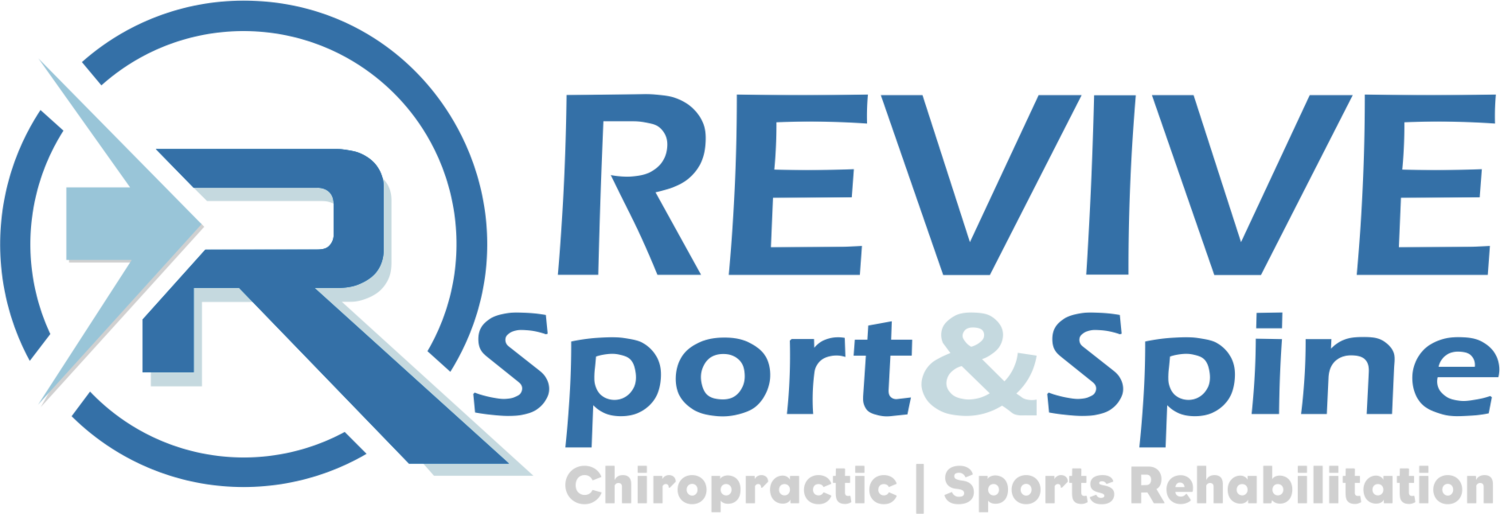Our intention with this series on Low Back Pain has been to inform and empower you, or your loved ones, to take action and realize that movement can help, as well as, prevent low back pain. That your low back pain is not a life sentence.
Resolve Low Back Issues Part 6: Self-Care - What You Can Do For Low Back Pain
Over the last 5 weeks, we have discussed everything from what low back pain is, most common causes, some of the most common myths associated with low back pain, and when to consider imaging studies (x-ray, MRI, CT) due to red flags that lead us to something more severe being the cause. We even covered a few tips to help when you find yourself traveling for work or vacation.
We have been building up toward the actual care of low back pain but wanted to fully educate on how common low back pain is, what we know about low back pain at this time, and help you focus on life outside of back pain.
Resolve Low Back Issues Part 5: You Are Not Your Image. (Red Flags & Imaging Considerations)
In part 4 of our Fix Your Low Back series, we discussed some of the most common myths and misunderstandings around low back pain, care of low back pain, as well as updating some of the old-fashioned thoughts. Today, we are going to discuss imaging and red flags as it pertains to low back pain and a couple of VERY IMPORTANT things you need to know.
Resolve Low Back Issues Part 4: Most Common Myths Of Low Back Pain
Few musculoskeletal conditions have a cult-like following of myths as Low Back Pain, many of which have been said by various healthcare providers across all specialties. To help clear the air, let's take a look at the 5 most common misunderstandings and myths that we encounter in our chiropractic clinic that could actually make your low back pain worse.
Resolve Low Back Issues Part 3: Most Common Cause Of Low Back Pain & What You Can Do About It.
In part one of our ‘Fix Your Low Back’ series, we discussed the 3 categories of back pain; Functional, Structural, and Pathological. As we learn about low back pain, we find that these groups interact with each other frequently. Essentially, these are medical definitions used to categorize your low back pain, but let’s step back and take a look at how your everyday actions could be the primary cause of your discomfort.
As an example, let’s say you sit at a desk for 8 hours each day. From here, you head to the gym where you like to lift weights and improve your cardio. It has been shown that repeatedly lifting heavy objects with a rounded spike (functional), can lead to disc bulges (structural). For many, we just hit the nail on the head as to where your back pain is coming from, for others, we are going to dive into the most common’s and discuss how a simple change in activity can make all the difference.
Resolve Low Back Issues Part 2: Tips For Traveling
We all have experienced sitting for long periods of time or sleeping on different beds while traveling, and we have all experienced the low back pain that comes from it. This can be frustrating especially for those who travel often. With that said we have some easy tips that can help alleviate the low back pain, we experience while traveling.
Resolve Low Back Issues Part 1: What Is Low Back Pain?
Low back issues are one of the most common causes of disability worldwide, responsible for BILLIONS of dollars spent on health care and lost time at work annually. If you have ever experienced low back pain, you know that it can not only impact your hobbies and ability to remain active, but it can make even the most common of daily activities challenging. Our goal with this series is to help you better understand the cause of your low back pain, provide real solutions to help you manage it, and show you that there are many care options out there, some you can do at home, that allow you to remain free of prescription drugs and surgery.
Back pain is not a one-size-fits-all problem, there are most commons, but your approach to care needs to be as individual as you. Without a proper and thorough assessment, it is hard to say which approach will work best for you, but through the experience of helping hundreds of people alleviate their low back pain every day, we can focus on a few of the most common causes and their proven strategies for relief.
How Often Should You Stretch?
The title of this post may confuse you and you may be asking, 'What has changed with stretching?' (To bypass my ramblings, scroll to the bullet points at the bottom).
That is a GREAT question! It seems that about every year or two, we change our opinion on stretching. Should we do it? Should we not do it? When? Where? How? After a while it all gets very confusing and we fall back on the ol', 'Well, if that works for you, then keep doing it' mentality.
What The Cup?
Dynamic cupping and how it fits in to your sports recovery and pain relief.
Outside of a select few who actually had cupping therapy prior to 2012, most of us remember the first time we saw the little bruise circles - Michael Phelps, 2012 Olympics. Just as Kinesio taping sparked our curiosity during the prior Olympics with Volleyball megastars Kerri Walsh Jennings and Misty May-Treanor, as soon a Michael Phelps stepped on the starting platform for his first races, questions started to pop up on every major news outlet across the world.











